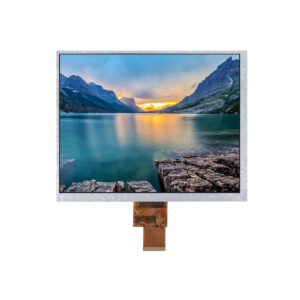
Store ting i erhvervslivet bliver aldrig gjort af én person. De er lavet af et hold af mennesker. Vi har den dynamiske gruppe af mennesker
This article explores how to connect an LCD skærmen til en Raspberry Pi using an HDMI førerkort, essentially turning your single-board computer into a miniature HDMI display screen. Whether you’re looking to create a custom vise for a project, build a portable gaming system, or simply repurpose an old laptop screen, this guide provides a comprehensive overview of the process. It’s worth reading because it breaks down the technical jargon, offers step-by-step instructions, and highlights potential pitfalls to avoid, empowering even novice users to complete this exciting DIY project.
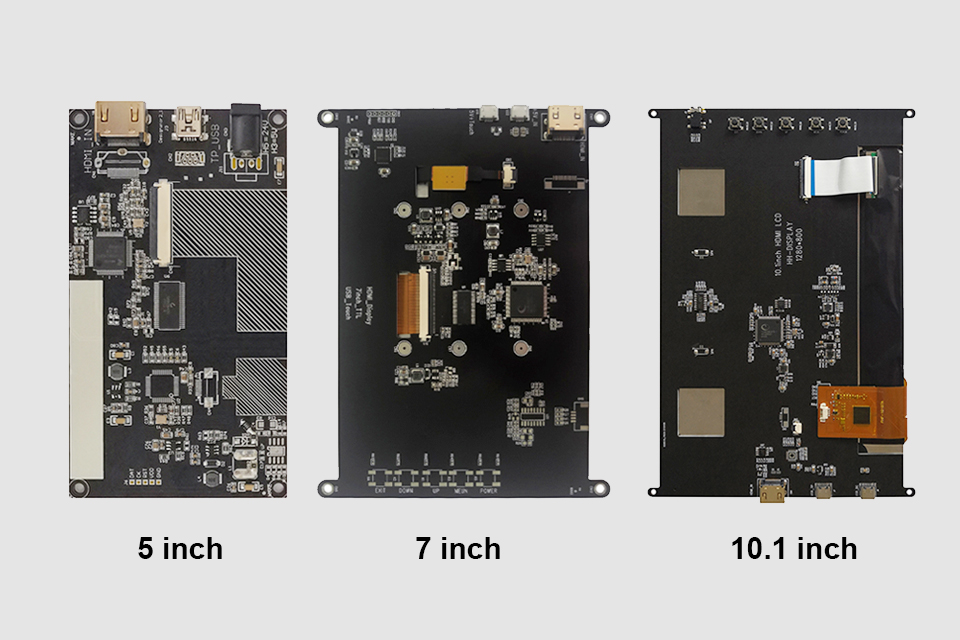
De Raspberry Pi, a versatile single-board computer, offers a world of possibilities for DIY projects. Connecting it to an HDMI LCD vise expands these possibilities even further.
Firstly, an HDMI LCD allows you to build embedded systems. Imagine creating a custom control panel for a smart home, a portable retro gaming console, or a dedicated vise for sensor data. The compact size and low power consumption of the Raspberry Pi, combined with an LCD skærmen, make this feasible. Secondly, using an HDMI LCD can be more cost-effective than purchasing a pre-built overvåge. You can often find sæt that include the LCD panel og førerkort at a reasonable price, especially if you’re comfortable with a little assembly.
The three essential components for this project are the LCD panel, den førerkort, og HDMI kabel. De LCD panel is the actual skærm itself. It requires a førerkort to translate the HDMI signal fra Raspberry Pi into a format the LCD panel can understand.
De førerkort is a crucial piece of tech. It takes the digital HDMI input and converts it to the analog signals needed to control the pixels on the LCD skærmen. It also handles tasks like adjusting brightness, contrast, and color. Finally, the HDMI cable connects de Raspberry Pi til førerkort, transmitting the videosignal. Ensure you choose a compatible HDMI kabel for optimal signal transmission.
The size of the LCD skærmen depends entirely on your project requirements. A 7 inch LCD skærmen er et populært valg til Raspberry Pi projects due to its balance of portability and visibility. It’s large enough to display text and graphics clearly, yet small enough to be easily integrated into custom enclosures.
However, you can find LCD skærme in various sizes, from smaller 3.5-inch viser to larger 10-inch or even larger paneler. Consider the intended application. For a handheld gaming console, a smaller skærmen might be preferable. For a desktop skærm alternative, a larger vise would be more suitable. Also, think about the resolution. Higher resolution skærme provide sharper images, but they also require more processing power from the Raspberry Pi.
Here’s a table summarizing common LCD screen sizes and their typical applications:
| Skærmstørrelse | Typiske applikationer | Fordele | Ulemper |
|---|---|---|---|
| 3.5 inch | Small embedded systems, portable displays | Very compact, low power consumption | Small screen real estate, limited resolution |
| 7 inch | Portable gaming consoles, DIY tablets, control panels | Good balance of size and portability, reasonable cost | May be too small for some desktop applications |
| 10 inch | Desktop monitor alternatives, larger embedded systems | Larger screen real estate, better for viewing video | Less portable, higher power consumption |
At vælge den rigtige førerkort is vital for a successful project. While VGA viser were common, HDMI is the preferred input method for modern Raspberry Pi projects. HDMI provides a higher-quality digital video signal sammenlignet med VGA’s analog signal. This results in a sharper, clearer billede.
When choosing a førerkort, check for compatibility with your LCD panel and your Raspberry Pi. De førerkort must støtte the resolution and interface of your LCD panel. Mest LCD sæt come with a førerkort specifically designed for the included panel. Also, ensure the førerkort has the necessary input ports, such as HDMI, and that it’s compatible with the Raspberry Pi'er HDMI output.

When you receive your new HDMI LCD kit, the excitement is palpable. The unboxing process is crucial to ensure that you have all the necessary components and that everything works properly. Typically, an HDMI LCD kit will contain the following:
Before proceeding, check each item carefully for any physical damage. Inspect the LCD skærmen for scratches or cracks. Ensure all kabler are present and in good condition. A quick visual inspection can prevent headaches later.
Now comes the exciting part: connecting de LCD førerkort til din Raspberry Pi. Here’s a step-by-step guide:
After 1 step, your Raspberry Pi should automatically detect the HDMI vise and output video til LCD skærmen.
Providing adequate magt is crucial for the stability of your HDMI LCD setup. The LCD panel og den førerkort both require magt, and their magt requirements can vary depending on the size and type of vise.
De førerkort typically requires a separate magt supply, often a DC adapter with a specific voltage (e.g., 12V) and amperage (e.g., 2A). Check de specifikationer af din førerkort to determine the correct magt requirements. Using an incorrect magt supply can damage the førerkort eller LCD panel.
De Raspberry Pi itself also needs magt. While it can sometimes magt smaller viser through its GPIO pins, it’s generally recommended to bruge a separate magt forsyning til LCD to avoid straining the Raspberry Pi'er magt circuitry.
Sometimes, things don’t go as planned. Here are some common issues and how to fix them:
/boot/config.txt). Detalje instructions on how to do this can be found online.Once you have a working HDMI LCD setup, you can explore additional enhancements. Adding røre functionality is a popular option, turning your vise into a full-fledged berøringsskærm.
Touch skærmen functionality typically requires a separate røre styrekort at connects til LCD panel og den Raspberry Pi. Disse brædder often use USB for communication. After physically connecting de røre styrekort, you’ll need to install the appropriate drivers on your Raspberry Pi. There are number of ready to bruge driver available.

At finde det rigtige HDMI LCD sæt eller førerkort can be overwhelming with so many options available. Here’s a guide to help you navigate the purchasing process:
Connecting an HDMI LCD til en Raspberry Pi opens up a world of creative possibilities. By understanding the components involved, following the connection steps carefully, and troubleshooting common issues, you can transform your Raspberry Pi into a versatile HDMI monitor.
10 Important Things to Remember:
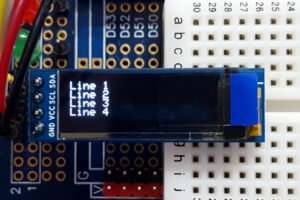
Denne artikel dykker ned i verden af kompakte OLED-skærmmoduler, og fokuserer specifikt på den 0,91 tommer 128×32 OLED-skærm, der bruger I2C-grænsefladen.
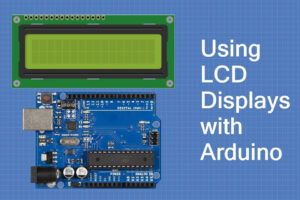
16×2 LCD-modulet, en hjørnesten i indlejrede systemer, er et fantastisk værktøj til at vise tekstinformation.

Displayverdenen udvikler sig konstant, og to teknologier dominerer konsekvent high-end markedet: AMOLED og OLED.
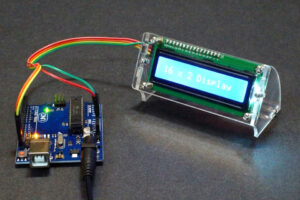
Denne artikel dykker ned i verden af LCD-skærme, og fokuserer specifikt på det populære 16×2 tegn LCD-modul og dets integration med Arduino ved hjælp af I2C-grænsefladen.

This article dives into the exciting world of augmented reality (ar) lenses, specifically focusing on the development and potential of an interchangeable lens system for ar glasses.

This article explores how to connect an LCD screen to a Raspberry Pi using an HDMI driver board, essentially turning your single-board computer into a miniature HDMI monitor.
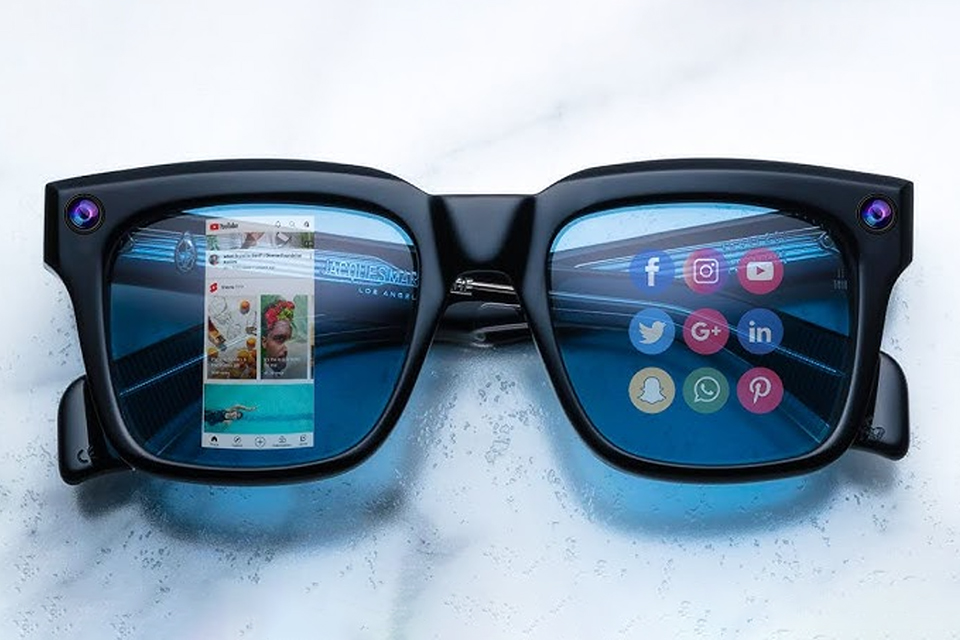
This article dives into the exciting world of augmented reality (ar) lenses, specifically focusing on the development and potential of an interchangeable lens system for ar glasses.

This article dives deep into the lifespan and durability of OLED (Organic Light Emitting Diode) displays compared to LCD (Liquid Crystal Display) screens.

@ 2025 display-modul. Alle rettigheder forbeholdes.
Udfyld formularen nedenfor, så kontakter vi dig snarest.